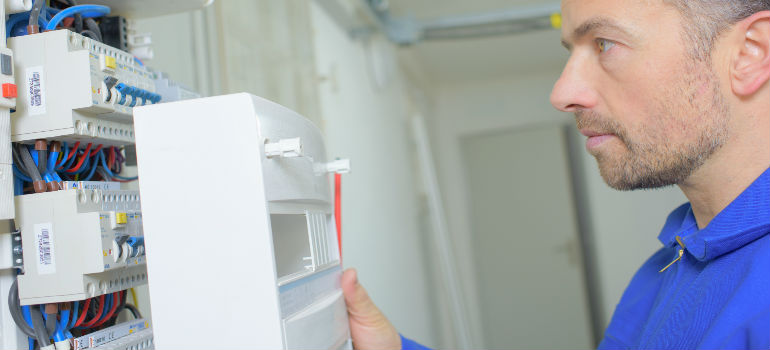
When faced with the refurbishment of an old property you can generally expect to encounter a few hiccups. It’s no surprise really, as old buildings come complete with old fittings, which may mean that you will be challenged to find alternative solutions to even the simplest of jobs.
A common problem area amongst old buildings is the wiring. Old wiring can be temperamental, and not always up to modern safety standards. Obviously, electrical safety is not an area where you can risk taking chances, so if there is any doubt about the quality of the wiring it is generally advisable to start again and completely rewire the building.
While this may sound like the best (albeit costly) solution, rewiring an old building is often easier said than done. Drilling into old plasterwork can be a gamble, especially if it cracks or crumbles, as this may create significant damage to the wall and potentially the structure of the building.
There is also the aesthetic issue to consider — antique plaster and unfinished brickwork, along with the fact that you rarely have to make the most of limited space, are currently desirable features in a building. With this in mind, it is unlikely that you will want to disturb the original wall finishes to conceal wiring.
There is a solution, however, that can make installing new lighting in an old building so much easier: wireless lighting.
Wireless lighting is a new innovation that effectively simplifies the installation of lighting in properties old and new. As the name suggests, wireless lighting is activated remotely, without the need for additional wiring, so installation creates minimal disturbance to walls and ceilings. Some wireless lighting models utilise existing sockets, making the installation completely fool-proof, and once you have the basic set up in place the entire lighting system can be controlled remotely, via a tablet or smartphone through IoT.
Need a Handyman?
Enter your postcode to view our rates and availability in your area.
For questions about the services we offer visit our main site or you can always call us at 020 3404 4045
Another great benefit of wireless lighting is that it can be adapted to suit particular areas within a building. Once installed, lighting temperature can be adjusted ‘light by light’ to suit particular lighting needs throughout the space. Motion sensors can also detect when lighting is necessary, avoiding wasting energy on unoccupied areas. Not only is this hugely beneficial to the environment, but it is also a great way to keep energy costs down.
In short, implementing modern lighting technology into antique buildings is the ideal solution for trouble-free renovations, with no compromise to aesthetics or safety.
A common problem area amongst old buildings is the wiring. Old wiring can be temperamental, and not always up to modern safety standards. Obviously, electrical safety is not an area where you can risk taking chances, so if there is any doubt about the quality of the wiring it is generally advisable to start again and completely rewire the building.
While this may sound like the best (albeit costly) solution, rewiring an old building is often easier said than done. Drilling into old plasterwork can be a gamble, especially if it cracks or crumbles, as this may create significant damage to the wall and potentially the structure of the building.
Image Source: Phovoir/shutterstock.com




Leave a Reply